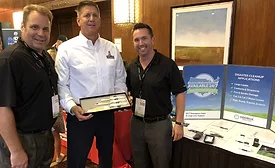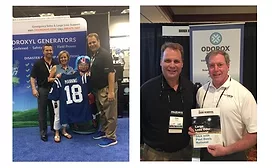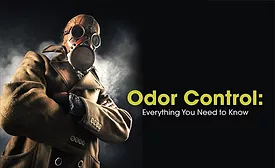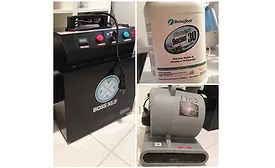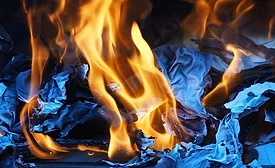Home » hydroxyl generators
Articles Tagged with ''hydroxyl generators''
Large Loss Odor Removal: Q&A with Paul Davis National
Senior VP of Operations, J. Murphy, talks efficient, effective large loss odor removal.
February 25, 2018
Odor Control: Everything You Need to Know
“I smell the smelly smell of something that smells smelly.” -Spongebob
Read More
Stay ahead of the curve with our eNewsletters.
Get the latest industry updates tailored your way.
JOIN TODAY!Copyright ©2025. All Rights Reserved BNP Media.
Design, CMS, Hosting & Web Development :: ePublishing
